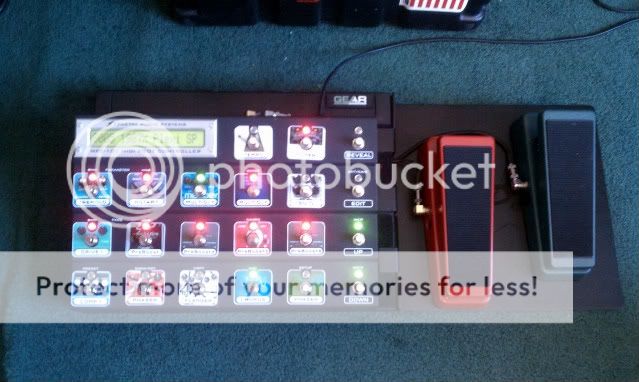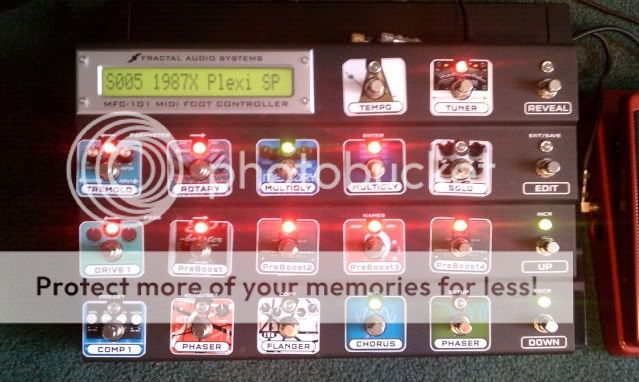gendefect
Inspired
Scott, a couple of questions.
First, am I correct in understanding that there would be no difference between using the +1 and +2 PEQ and the +3 PEQ, as you have them laid out in your OP?
Also, the adjustments you made to the bright cap and the speaker resonance--do you adjust those settings for most amps, or is that just something you happen to do with the 800? If it's something you do regularly, would you mind explaining a little bit what your rationale is and how you go about finding the setting you're looking for?
First, am I correct in understanding that there would be no difference between using the +1 and +2 PEQ and the +3 PEQ, as you have them laid out in your OP?
Also, the adjustments you made to the bright cap and the speaker resonance--do you adjust those settings for most amps, or is that just something you happen to do with the 800? If it's something you do regularly, would you mind explaining a little bit what your rationale is and how you go about finding the setting you're looking for?


